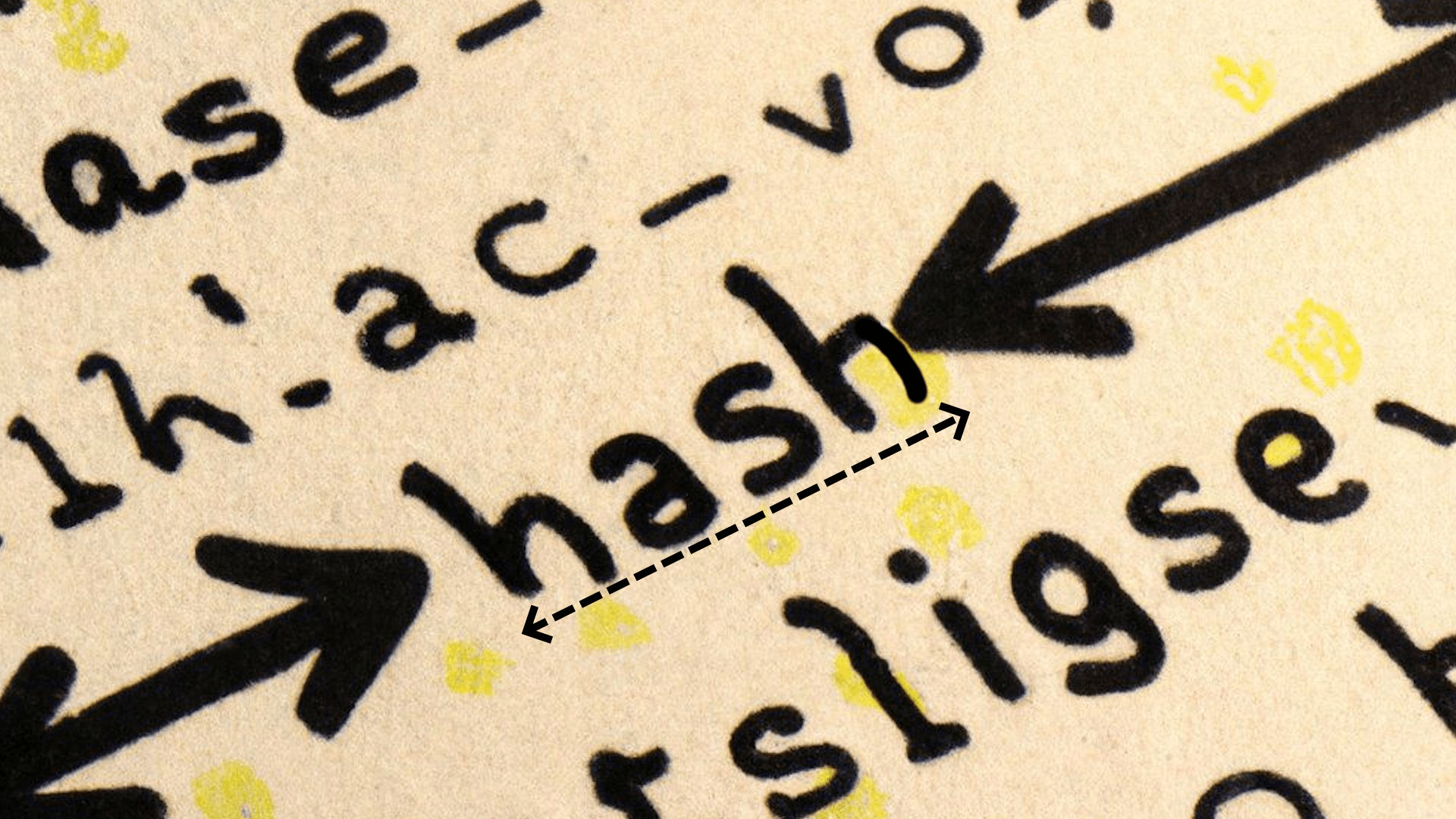
How many of the many self-proclaimed Bitcoin users truly understand hashrate? Probably less than half. That’s not necessarily a bad thing. After all, only a relatively small number of car enthusiasts understand how internal combustion engines work.
In fact, there are many moving parts in the Bitcoin industry, and many professionals are confined to one area of expertise. For example, there is the booming Bitcoin Layer-2 scene, Bitcoin security service providers, Bitcoin mining companies, etc. The so-called Bitcoin hashrate industry is related to the operation of the blockchain of the same name. So what is hashrate, and how does it fit into the picture of the world’s leading cryptocurrency?
Bitcoin Hashrate Definition
In the context of Bitcoin’s proof-of-work (PoW) blockchain, hashrate refers to the computational power of the network, typically measured in hashes per second (h/s). While market cap describes the total value of all bitcoins in circulation, hashrate enumerates the collective computational power of the network’s miners.
Hash rate is considered a key security indicator and is related to the attack resistance of the chain and is calculated based on the number of blocks mined and the block difficulty. A higher difficulty score means that more computing power must be used to mine the same number of blocks, which increases network security.
A high hash rate indicates strong investor confidence, but the numbers can drop in response to negative news. For example, when China banned Bitcoin mining in 2021, the hash rate dropped by more than 50% as miners in China switched off their machines. Fortunately, the hash rate recovered the following month as Chinese miners relocated their equipment to more friendly jurisdictions.
At the time of writing, Bitcoin’s hash rate recently hit an all-time high (ATH).
How to buy and sell hashrate
The Bitcoin mining or hashrate industry is fiercely competitive. A quick look at the hashrate distribution indicators shows that the major players are major international mining pools such as AntPool, ViaBTC, F2Pool, MaraPool, and many others are competing for market share. Despite the fierce competition, more miners are actively working to secure the network than ever before.
Interestingly, the network hashrate can actually be bought and sold, just like BTC itself. This is not surprising, given that mining revenues depend on how much hash power a miner controls relative to the network. While many platforms only offer buy-side services, meaning they are willing to pay for additional hash power to stay competitive with their mining competitors, others act as marketplaces that facilitate transactions between buyers and sellers.
Naturally, the value of the network hashrate is correlated to the fundamental value of BTC itself. As the Bitcoin price rises, more hash power is brought into the network as miners chase profits. Conversely, if the price plummets, mining becomes unprofitable and the hashrate can drop. It is often said that Bitcoin mining is becoming less profitable, but the fact that overall mining activity is near an all-time high suggests that strategic and efficient miners are still making good money.
The hashrate industry is booming
The mining industry is in very good health as hashrate has recently reached ATH.
The mining world can be daunting for beginners who think that only powerful pools can verify blocks and make a profit, but there are hashrate marketplaces that make it easier to get involved. In fact, marketplaces like NiceHash allow you to set the price you are willing to pay for hashpower and join the pools you want. The moveover system automatically targets the most profitable coins for higher profits.
NiceHash acts as an intermediary between hardware renters and hashrate buyers, with the latter being able to place orders for as little as 0.001 BTC (around $60 at the time of writing). Meanwhile, the order period can be longer or shorter than a day. Meanwhile, miners will be interested to know that ASIC, GPU, and CPU mining are supported, and that over 30 different algorithms are supported. The NiceHash marketplace has been operating since 2014, and aims to accelerate Bitcoin adoption worldwide.
No one can predict the future of Bitcoin, and Bitcoin mining is even more unpredictable, but there are some positive signs for the hashrate industry. The Russian mining market is currently experiencing unprecedented growth, and US presidential candidate Donald Trump has expressed support for US-based miners, saying he wants all future Bitcoin to be mined on American soil. Interestingly, the share of the network hashrate of US-listed miners has recently reached a new record after five consecutive months of growth.

